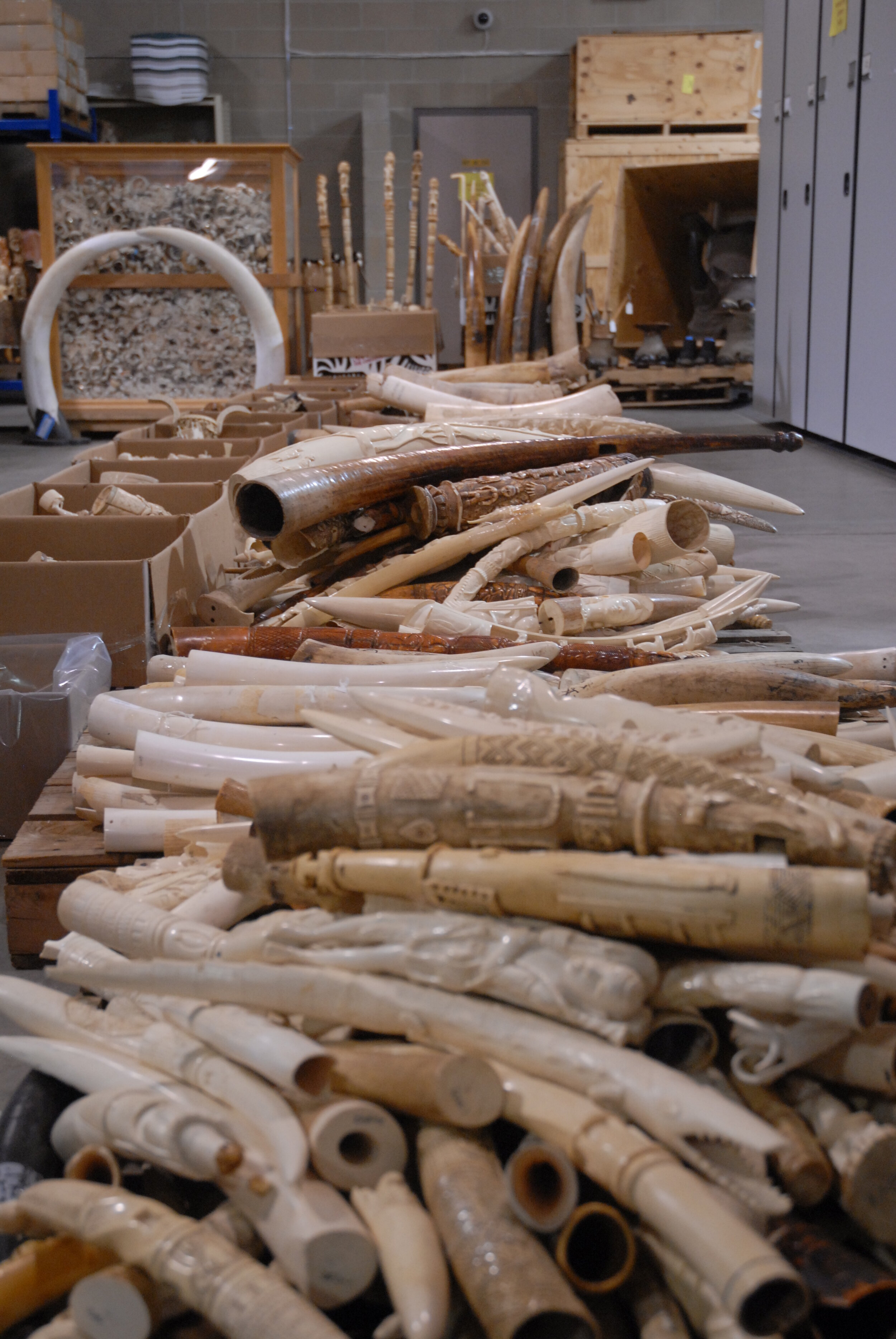African Elephant Poaching Facts & Conservation Statistics
Poaching, loss of habitat and conflict with locals continue to be a major source of strife for the iconic and charismatic African elephant. Throw in the perils of climate change impacting availability of food and water, and you’ve got a real recipe for disaster on your hands.
Conservation groups are working hard to secure a brighter future for one of the world’s most beloved animals, but there is still much work to be done. But just how much trouble are African elephants in?
All the best safari in Africa are completed by herds of African elephants. For how much longer? It’s hard to say. We map out the must-know African elephant poaching and conservation facts.
African Elephant Poaching and Conservation Data: The Bad
Sources vary, but an average of 55-96 African elephants are killed every day by poachers.
At peak rates, that’s one African elephant killed every 15 minutes.
The African elephant population currently stands at 415,000. In 1900, there were predicted to have been over 12 million.
That’s a decline of over 96% in a little more than a century.
Ivory is becoming more expensive, up by a value of over 1000% as conservation efforts push for protection of Africa elephants and numbers of available animals decline.
This means ivory is more in demand than ever. Ivory is now worth over $2000 per kilo.
African elephant poaching is fuelled by desperation and poverty in rural communities; communities that are not set to see support anytime soon, meaning poaching remains an essential form of income that will not go away.
The 2020 global COVID-19 pandemic only worsened the plight of African elephants. With travel restrictions denying opportunities for tourism and income, poverty rates that fuel ivory hunting are on the rise.
The Coronavirus pandemic also stopped conservation movements, slowing efforts to preserve populations, and prevented educators from teaching communities about the problems with elephant poaching.
Trophy hunting of elephants is still allowed in some countries. Restrictions have been lifted in Botswana to hunt elephants if a permit is provided by the government.
Botswana set a quota for 272 African elephants to be killed in 2020.
Other nations poverty-stricken nations in southern Africa are also looking to overturn bans on hunting and ivory trade, hoping to sell hunting permits to increase their revenue and sell off stockpiles of confiscated tusks worth hundreds of millions of dollars.
African elephants are at risk from climate change. While many factors impact their mortality rates, access to freshwater is the biggest concern. Higher temperatures reduce access to water, increasing the chance of dehydration and death as a result.
African elephants are being killed faster than they are being born.
There are no figures on elephant births annually, but with gestation of a calf taking 22 months, the slow birth rates of elephants cannot sustain the high mortality rates of poaching and other factors.
African Elephant Poaching and Conservation Data: The Good
The poaching of African elephants is on the decline.
2011 saw 40,000 African elephants killed in a single year. In 2019 that number was down to 11,000.
Efforts from conservationists are building new and protected areas for African elephants.
Countries like Kenya and Tanzania have rolled out new laws and legislation to protect their African elephant populations at times where other countries are poised to revoke bans on ivory trade.
Hundreds of millions of dollars are invested in strategies to save the African elephants every year.
What All These Facts About African Elephant Poaching & Conservation Mean
It’s clear that while positive changes are being made, the African elephant faces an uphill struggle for survival. Here’s the big piece of information we all want to know:
Predictions claim that if we do not take drastic action, African elephants could be extinct in the wild by 2040.
There is a lot of work being done to protect elephants and conserve them, but without more resources and powers these conservation groups simply cannot save the current populations from destruction.
While pockets of well guarded African elephants will likely help secure the species from total annihilation, the fact is that thousands still die every year, and when there are only thousands left, that’s a major problem.
What Can You Do?
Simply put, conservation groups need your money.
Charities like WWF and Save the Elephants are dedicated to helping secure whatever future is possible for the African elephant, but they rely on funding from private donors to keep their projects active.
Outside of donations, you can support the African elephant cause by sharing information like this article and other facts about the plight of elephants.
Awareness is a powerful tool.
The more international attention brought to a problem, the easier it is for groups that can influence change to make a difference. Saving the elephants isn’t about hoping people do the right thing. It’s about persistence, persuasion, and changing an entire ecosystem that supports the trade of ivory.
It’s also about addressing the other elephants in the room, such as conflict with local communities and climate change. Poaching is the biggest problem African elephants, but it’s not the only issue.
Support conservation groups.
Be part of the conservation.
Help bring attention to Africa elephant crisis.
Don’t let the elephant population continue to dwindle without a fight. With the odds stacked against them, it almost seems like a lost cause. But just one look at the mighty African elephant is all the inspiration you’ll need to keep the dream of a safe world for elephants alive.

